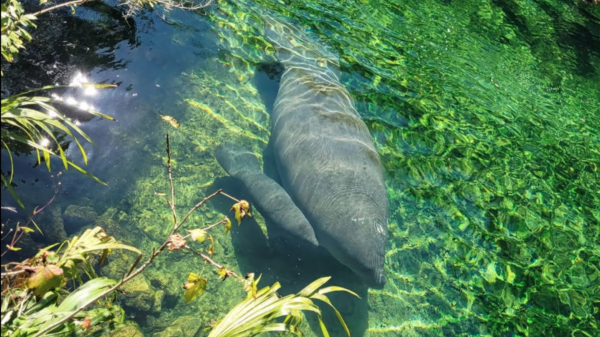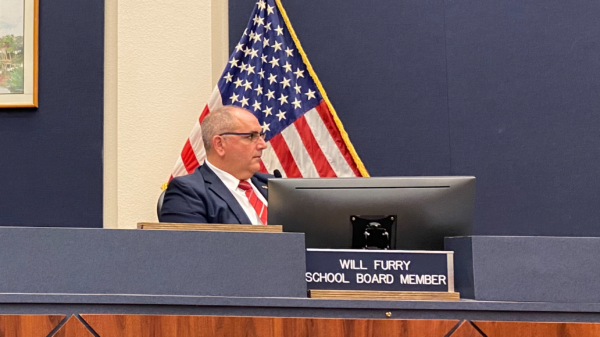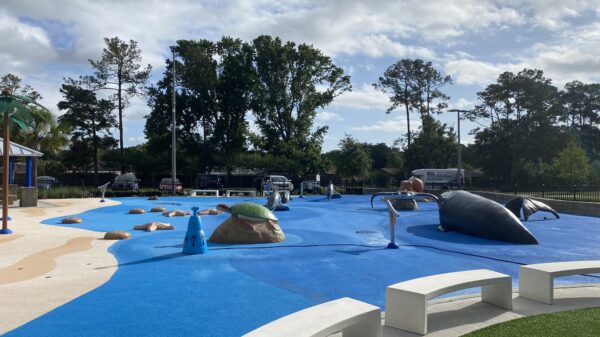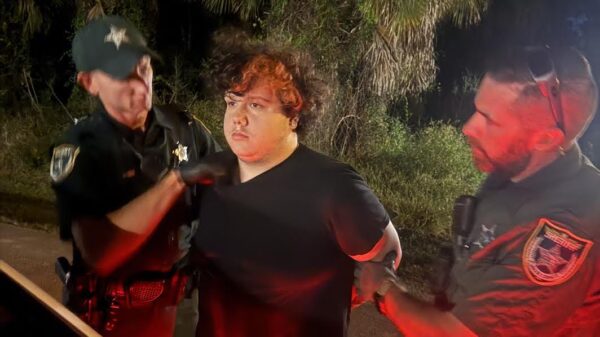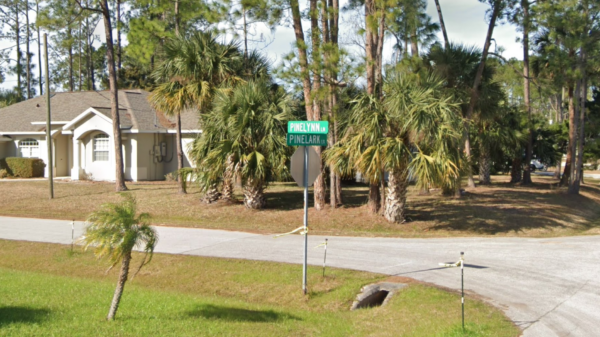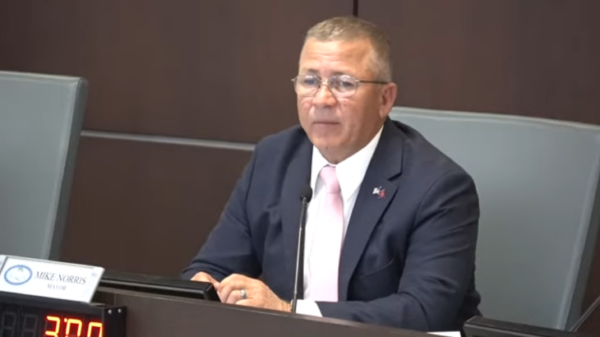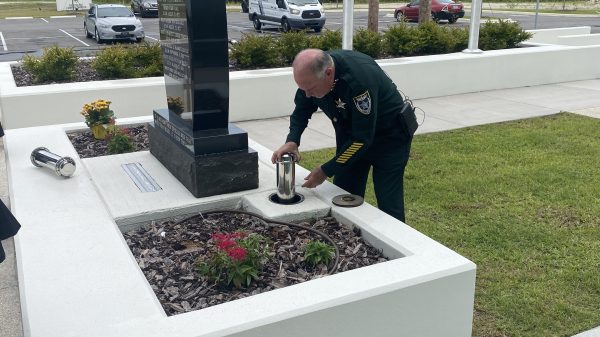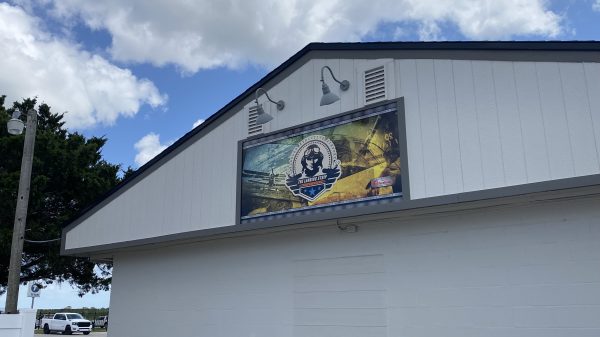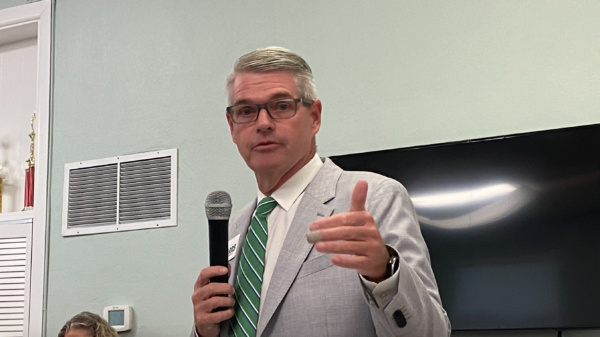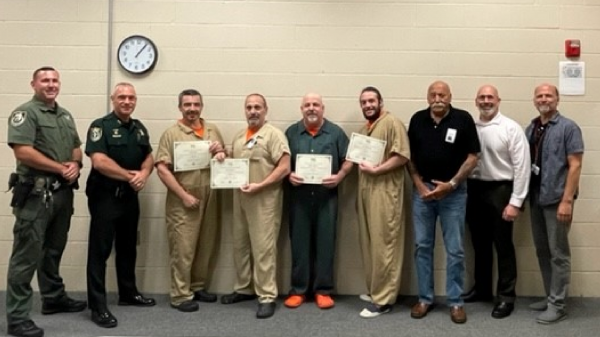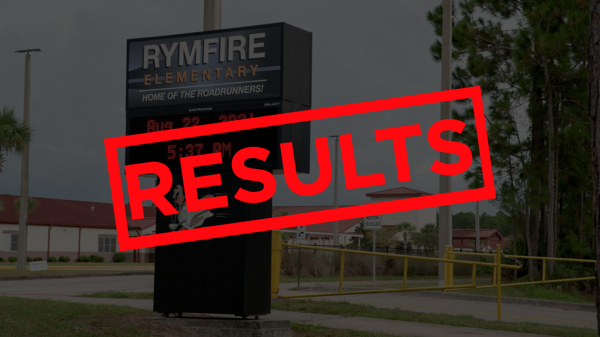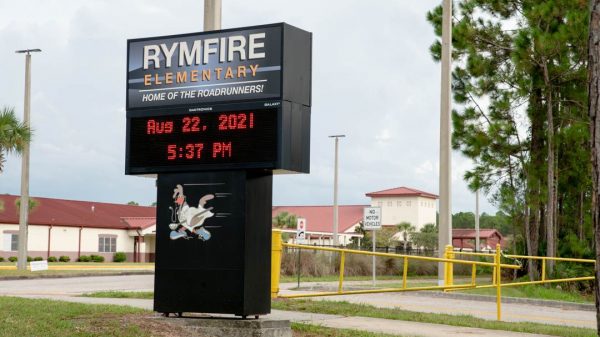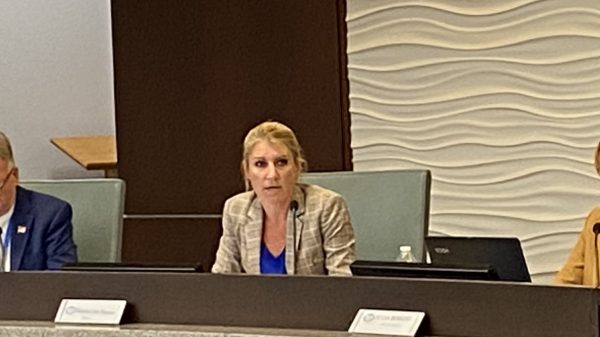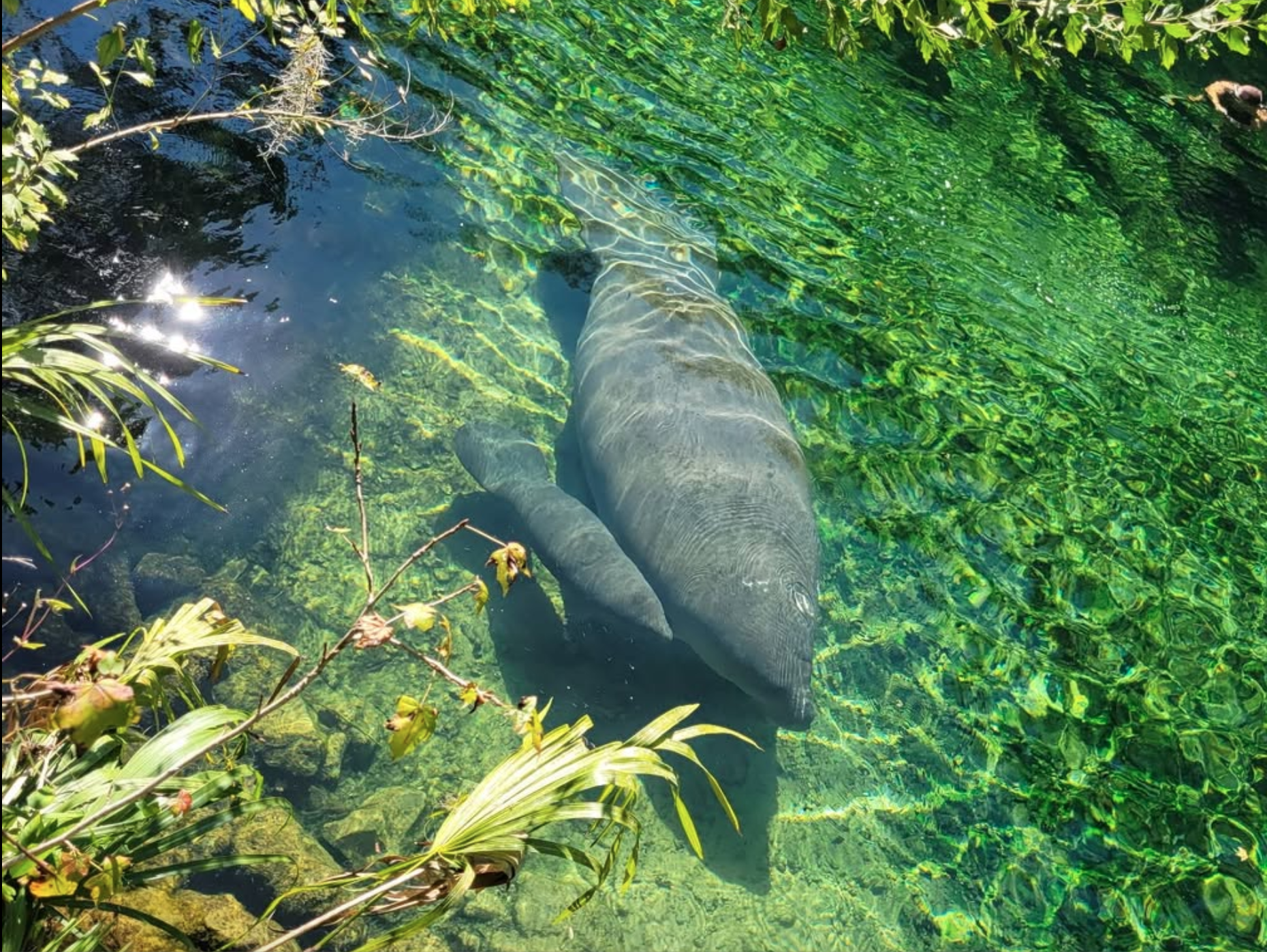The seasonal migration of dozens of manatees has brought them to Blue Spring State Park in Orange City. As of the most recent tally on Thursday, 78 manatees have been counted within the park’s fresh waters.
Manatees are known to flock to areas like Blue Spring for its year-round 72-degree waters during the colder months of the Florida winter. In 2023, a record 729 manatees were recorded in the spring according to Florida State Parks.
Though they appear to be well-insulated by their dense leathery bodies, manatees are sensitive to colder waters and find themselves much more comfortable when they can find sources of warmth. 102 million gallons of water emerge from the Earth at Blue Spring and into the St. Johns River every day. The water emerges from deep underground where it’s warmed by our planet’s internal heat.
As of Friday, Blue Spring State Park is closed to water activities in order to accommodate the manatees. This means guests won’t be able to swim, snorkel, dive, tube, canoe, kayak, or paddleboard in the spring run. Boat tours are still offered, and visitors can see manatees first-hand from several viewing areas in the park.
Though many visitors would be thrilled to swim with manatees, it’s best to leave the gentle giants alone. It’s illegal to touch manatees in Florida, or to intentionally disturb them. Manatee refuge areas, as designated by the Florida Fish & Wildlife Commission and U.S. Fish & Wildlife Service, are off-limits for swimmers.
Manatee research at Blue Spring has taken place since 1978, with biologists tracking the migrations of individual animals and evaluating their overall population health. Several nonprofits, like the Save the Manatee Club, use the spring as a key location for study and conservation efforts.
The Florida manatee (T. m. latirostris) is a subspecies of the West Indian manatee, which occurs in coastal waters from around Delaware all the way down the Atlantic coast to Central Brazil. Though West Indian manatees as a whole are listed as merely vulnerable by the International Union for Conservation of Nature (IUCN), the group designates the Florida manatee subspecies as endangered.
The main threats to Florida manatee populations are boat collisions, habitat loss, and algae blooms caused by chemical runoff. A record 1,100 manatee deaths were recorded in 2021, many due to the dying off of the animals’ main plant food sources from human activity. The Florida Fish & Wildlife Commission states that there are now a minimum of 8,350 manatees in Florida today – up from 1,267 in 1991.
Chris Gollon is a Flagler County resident since 2004, as well as a staple of the local independent music scene and avid observer of Central Florida politics, arts, and recreation.


